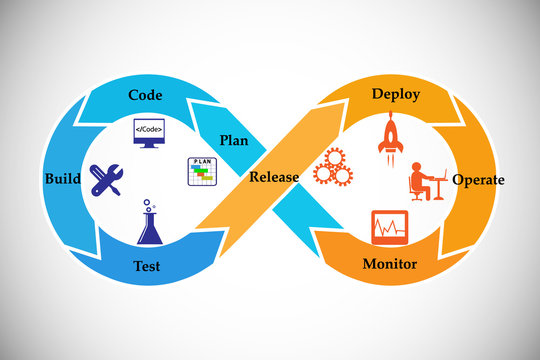Incident response is a critical aspect of cybersecurity, where organizations must swiftly and effectively manage security breaches or incidents to minimize damage and prevent future occurrences. Several real-life case studies highlight valuable lessons that can be learned from these incidents. One notable case is the Equifax data breach in 2017, where hackers exploited a vulnerability in Apache Struts software. This incident compromised sensitive personal information of over 147 million consumers. Equifax faced severe criticism for its slow response in patching the vulnerability, which was known and had a fix available. This case underscores the importance of promptly applying security patches and updates to mitigate known vulnerabilities. This sophisticated attack remained undetected for several months, highlighting the critical need for robust supply chain security measures and continuous monitoring to detect unusual activities or unauthorized access.

Another instructive incident involved the WannaCry ransomware attack in 2017, which targeted computers running outdated versions of Microsoft Windows. This widespread attack affected organizations globally, including hospitals and government agencies, disrupting operations and compromising sensitive data. The incident underscored the importance of maintaining up-to-date software and implementing effective backup and recovery procedures to mitigate the impact of ransomware attacks. The Twitter Bitcoin scam in 2020 demonstrated the risks posed by social engineering attacks. Hackers gained access to Twitter’s internal systems and posted tweets from high-profile accounts, including those of Barack Obama and Elon Musk, promoting a Bitcoin scam. This incident highlighted the importance of employee awareness and training to recognize and report suspicious activities, as well as implementing robust access controls and monitoring systems to detect unauthorized access to sensitive information.
Additionally, the Target data breach in 2013 serves as a reminder of the risks associated with third-party vendor management. Hackers gained access to Target’s network through a vendor’s compromised credentials, resulting in the theft of credit card information and personal data of millions of customers. The Incident Response Blog incident emphasized the need for rigorous vendor risk management practices, including conducting thorough security assessments and monitoring third-party access to sensitive systems. In conclusion, these real-life incident response case studies offer valuable insights into cybersecurity best practices and highlight the importance of proactive measures to prevent and mitigate security breaches. Key lessons include the criticality of promptly applying security patches, enhancing supply chain security, maintaining up-to-date software, implementing robust backup and recovery procedures, raising employee awareness about social engineering attacks, and strengthening vendor risk management practices. By learning from these incidents and adopting a proactive and comprehensive approach to cybersecurity, organizations can better protect themselves against evolving cyber threats and safeguard sensitive data and systems.






